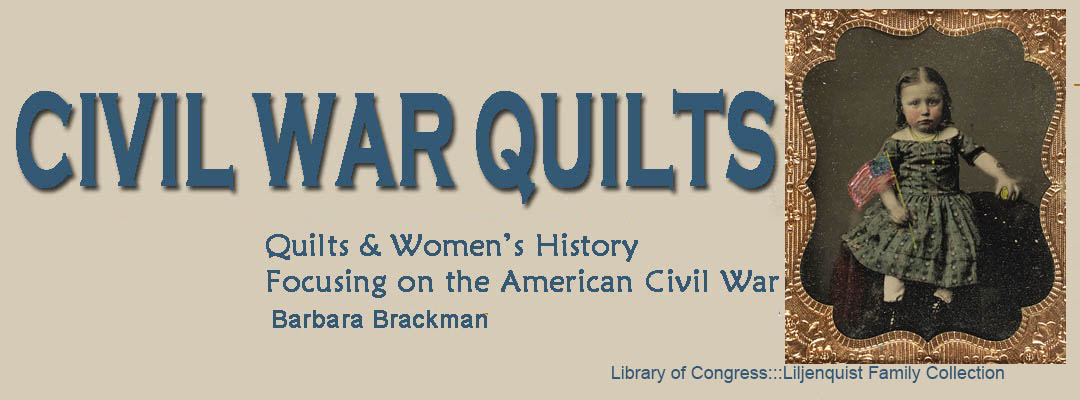Petticoat Press # 8: Star for Sara Jane Clark Lippincott by Elsie Ridgley
Musée d’Orsay
Sara Jane Clark Lippincott (1823-1904)
Tintype from Boston firm Southworth & Hawes about 1850
In 1850 Sara Clark was a rising journalism star, a poet and reporter who gained fame in the 1840s when she was in her twenties, using the penname Grace Greenwood. At the end of the decade she was assistant editor at the monthly periodical Godey's Lady's Book published in Philadelphia, concerned with fashion, gossip and light literature.
.
But she also wrote for The National Era, a Washington antislavery weekly---
where Harriet Beecher Stowe's Uncle Tom's Log Cabin was first published as a serial.
BOSTON, November 9, 1850 " The universal excitement, on the Fugitive Slave bill, still continues; and this is well. It is a strong outburst of generous and genuine popular feeling, in which every lover of freedom and justice must exult. The great Northern heart is awakened at last."
Godey's editor Sarah Josepha Hale fired her for her antislavery writings. Either Godey's or abolition---she chose antislavery and moved to Washington, writing for the National Era and the Saturday Evening Post.
Star for Sara Jane Clark Lippincott by Denniele Bohannon
Sara was born in Pompey, New York and attended good schools, among them the Greenwood Institute in New Brighton, Pennsylvania where her physician father had established a practice. In 1853 at 30 years old she married Philadelphian Leander K. Lippincott (1831-1896), also a newspaper writer and they had a daughter Ann Grace, born in Michigan in 1855. Together the Lippincotts published and wrote periodicals for children.
Star by Becky Collis
1864
"A rabid Unionist and a rabider Abolitionist"
After the war she continued to work for newspapers such as New York's Tribune and Times.The Divorce Plot comes up again after the war. Husband Leander was apparently a philanderer and a thief, fired from his position at the patent office for misappropriation and accused of land fraud.
No record of a divorce has been found but both fled to Europe (separately.)
Star by Becky Brown
(She has great skill at combining edgy fabrics and making it work!)
She died in 1904 at her daughter's home in New Rochelle, New York
This New York Times obituary tells us she was FIRST at many things,
all probably unlikely. It is easier to look for firsts than analyze a woman's writing career.
A better memory of her from Frederick Douglass who was
being assailed in New York in 1877. She bravely and ably defended him.
The Block
Star for Sara Jane Clark Lippincott by Jeanne Arnieri



















2 comments:
These blocks are very challenging; but that's a good thing for me! I am really enjoying this series' stories.
I loved finding those stories, things I had never heard. Do note I am not making those blocks Sue!
Post a Comment